As 2022 came to an end, so did the ‘Sustainable Tourism and Protected Areas in a Post-COVID World’ project, funded by the Deutsche Gesellschaft für Internationale Zusammenarbeit (GIZ) GmbH, in which we collaborated with the International Union for the Conservation of Nature (IUCN).
With this project, we aimed to bridge the gap created by the pandemic on tourism and develop a more crisis-resilient and sustainable landscape in and around protected and conserved areas. The focus was also on improving the ecological and social aspects of tourism and rebuilding better for people, wildlife, and ecosystems.
To achieve this, IUCN and Planeterra worked in the Río Abiseo National Park and Amarakaeri Communal Reserve (Peru) to provide training and capacity building to community members. Through this, both organizations were looking to uplift local tourism businesses and increase their benefits, build common visions through action planning, and provide recommendations to protected area staff and management, as well as global guidance and best practice solution sharing based on lessons learned from the project.
Our work in Peru
Because of COVID-19, the access roads to the Río Abiseo National Park were closed, the flow of visitors decreased, and economic activities based on agriculture, forestry work, and local commerce were limited. Even though the situation of tourism in the area seemed to be improving at the start of 2022, there were still some barriers for community members.
Some of these included having limited access to training and funding opportunities to develop unique and meaningful community tourism enterprises that go along with the flow of visitors around the local tourist attractions (e.g. the improvement of food and lodging services that already existed). Through this project, we worked with five rural communities (San Juan del Abiseo, Pizarro, Pucallpillo, Santa Rosa and Dos de Mayo) in this protected area.
In the Amarakaeri Communal Reserve, the COVID-19 pandemic paralyzed the flow of tourists. Given that the community has been hosting travellers for over 10 years when tourism came to a halt it left severe economic losses. This meant that they had to go back to traditional fishing, hunting, agriculture and other extractive activities as a survival measure.
Talking about tourism, in this protected area we worked and supported the Indigenous communities of Queros, Shintuya, Puerto Azul Mberowe and Boca Ishiriwe. They were already involved in the tourism sector, and some of them had formal organizations and basic tourism facilities to host tourists. However, there was still the need to provide training and capacity building to improve the existing community experiences, effective market access, as well as access to tools for responsible tourism development, basic sanitation, and improving the quality of life of the local population.
To get a clear understanding of the current situation of tourism in both protected areas, the team in the field conducted a baseline survey. As a result, a starting point was established for all project activities.
Conducting a baseline survey is key to the success of a project and for our team in Peru, it also became a powerful tool to boost stakeholder participation in both protected areas. It is also worth mentioning that there was no previous analysis on these topics at the national or local level, making this information the first of its kind in Peru.
Let’s review some of the most outstanding project initiatives!
Training sessions
The training sessions for this project focused on the following topics:
- Health & safety.
- Ecotourism product & itinerary development.
- Ecotourism marketing and promotion.
Thanks to the baseline surveys, our team in the field learned that the residents of Río Abiseo National Park had no previous knowledge about tourism businesses, so the sessions needed to start from zero. On the other hand, people from the Amarakaeri Communal Reserve had previous experience in tourism, so the training sessions were designed to enhance their existing tourism offer.
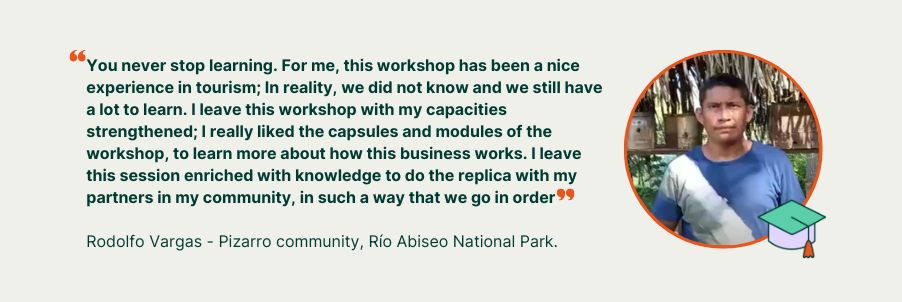
Community-Led Action Plans & Cash-for-Work
The community members in both protected areas had to envision how they would like tourism to be and then come up with a Collective Dream. Based on this, the participants agreed on an Action Plan that would guide their activities relating to community tourism development.
Part of the Community-Led Action Plan included Cash-for-Work activities, which enabled community members to use their skills to develop tourism infrastructure that would contribute to adding value to the products, services and itineraries that the communities developed. The Cash-for-Work mechanism ensures that these economic resources are directly benefiting each participant.
Product development and FAM Trips
During the Ecotourism Product and Itinerary development training, the communities and facilitators co-designed twelve tour itineraries. To get a more practical understanding and showcase their products, the communities hosted FAM Trips with Peruvian tour operators.
The expectations from both sides were high. In the case of destination managers, joining these trips allowed them to see the reality of tourism in their territory, community performance, conservation commitment and future expectations from operators and hosts. The FAM Trips also helped to get feedback from tour operators about the protected areas and community tourism potential.
Planeterra’s key learnings
After working in the ‘Sustainable Tourism and Protected Areas in a Post-COVID World’ project in Peru for over a year, we learned that:
- Coordination between all stakeholders is important.
- The organizations involved must work together to break down barriers instead of putting up new ones. There must be clear institutional roles and discussions over tourism management and tourist destinations governance frameworks to empower communities.
- Having a professional team with vast knowledge and experience in each destination is crucial.
- To succeed in tourism, there must be a clear market-driven strategy among tour operators and communities.
Community tourism enterprise development provides local communities with additional opportunities to recover from the negative impacts of COVID-19, whilst promoting resilience through the development of business skills and knowledge and by emphasizing the importance of linking community well-being and effective protected area management.
Looking back at all the project activities (i.e. cash-for-work), we can see how some of them have had a positive impact on motivating the communities to use tourism as an additional income source that draws value from healthy and protected areas.
For Planeterra, working on this project has reaffirmed that tourism, when managed responsibly, can be crucial to promote a positive relationship between communities and the environment.
Learn more about the ‘Sustainable Tourism and Protected Areas in a Post-COVID World’ project, here.


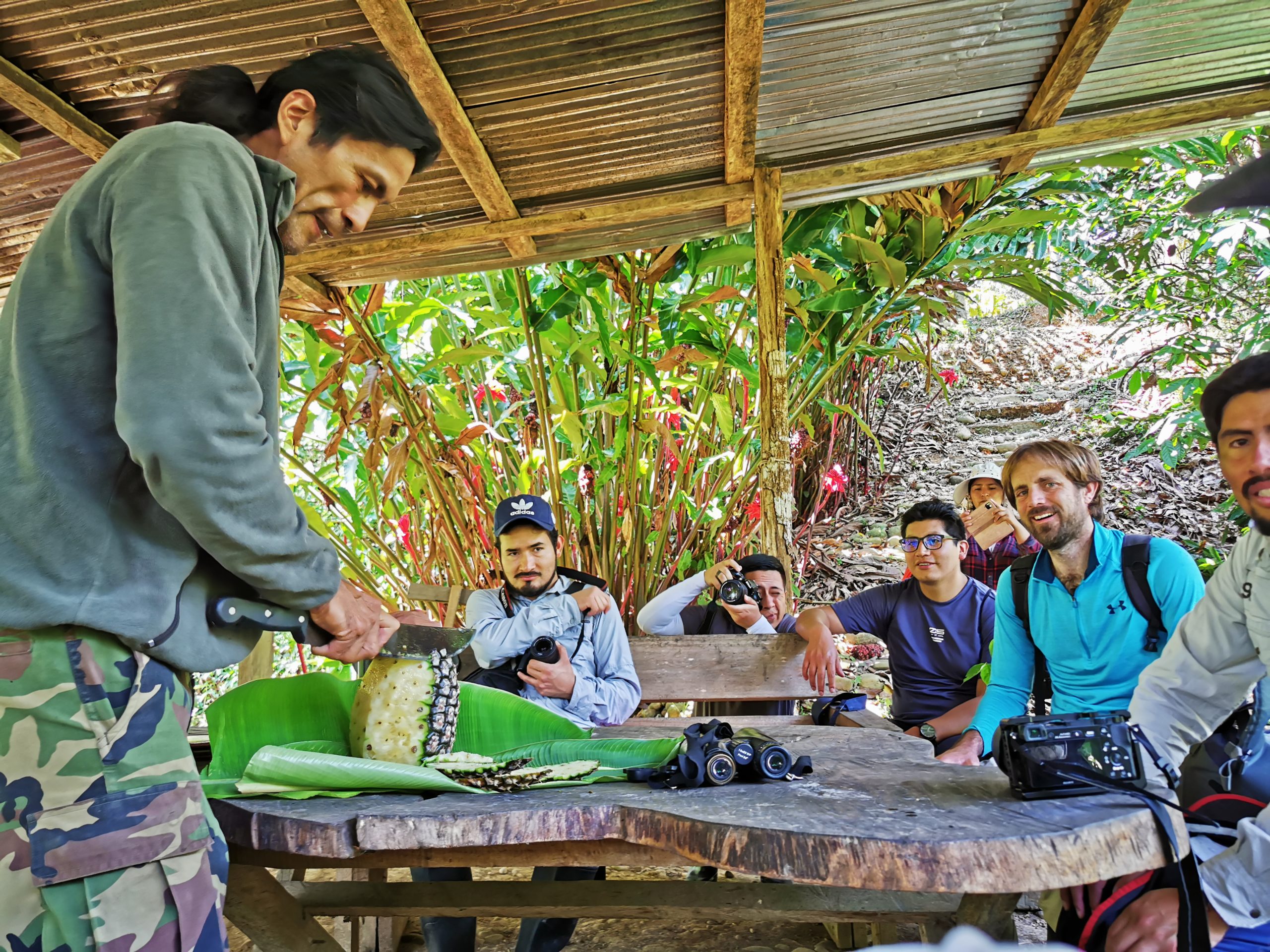
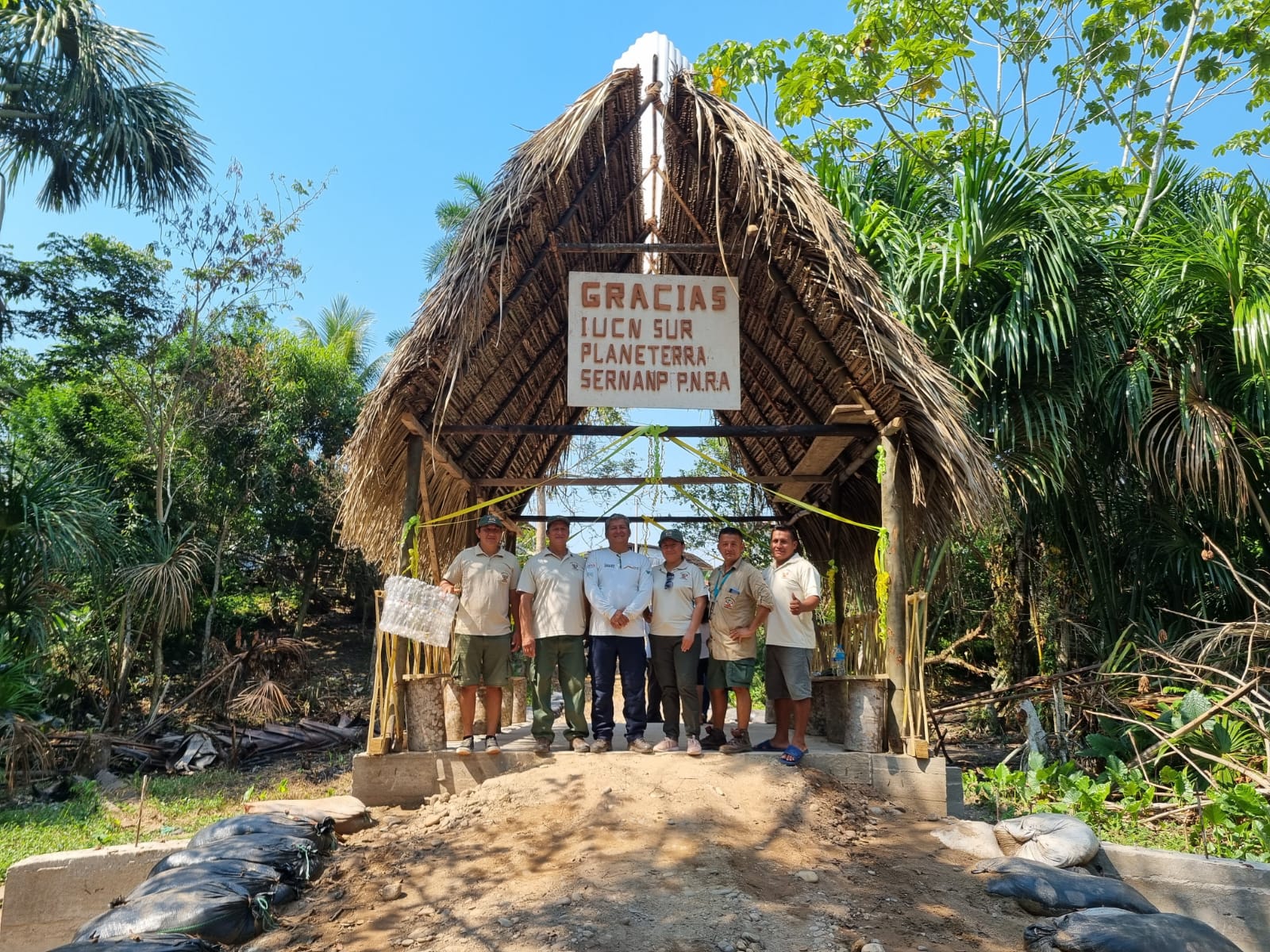
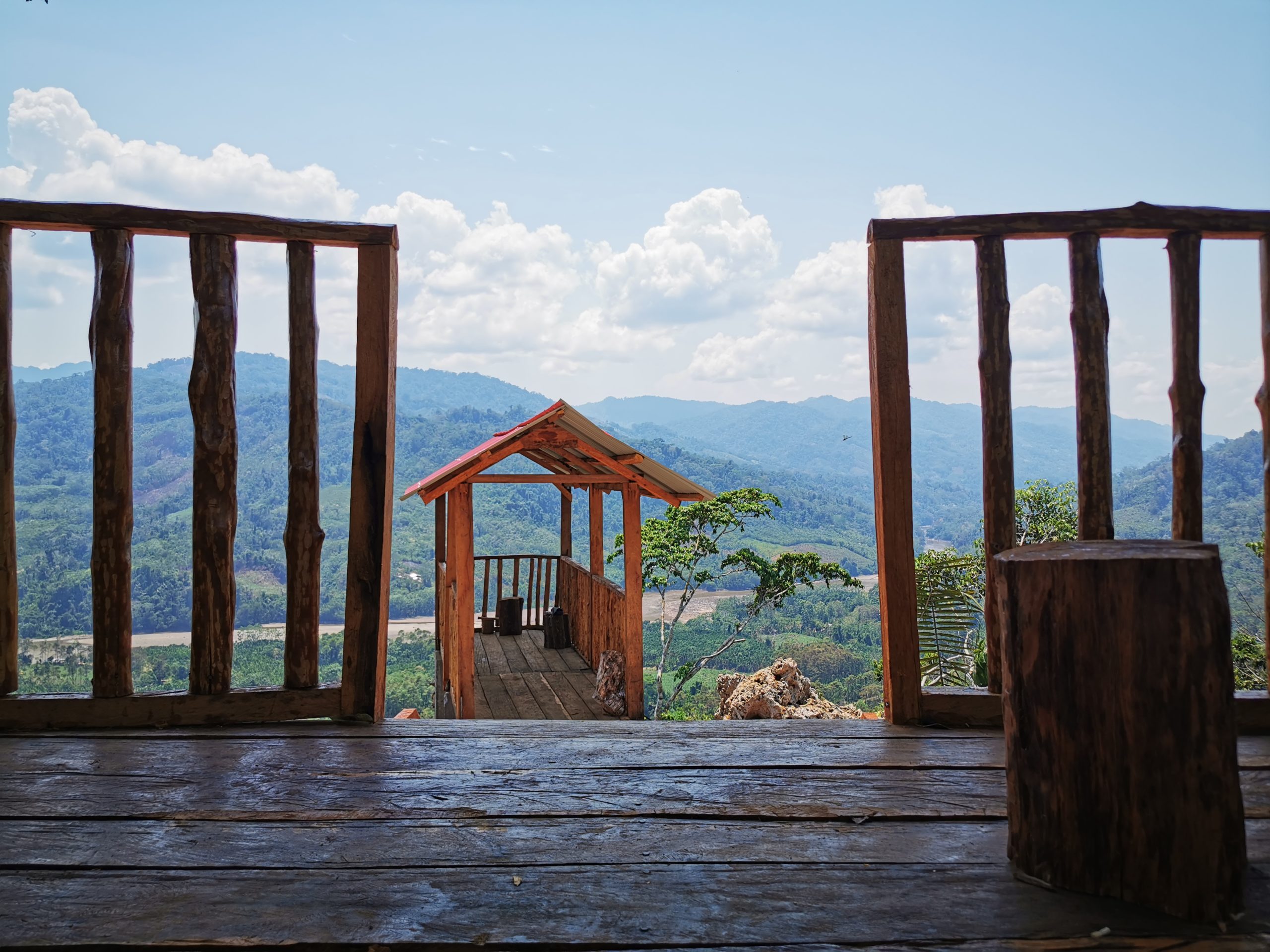
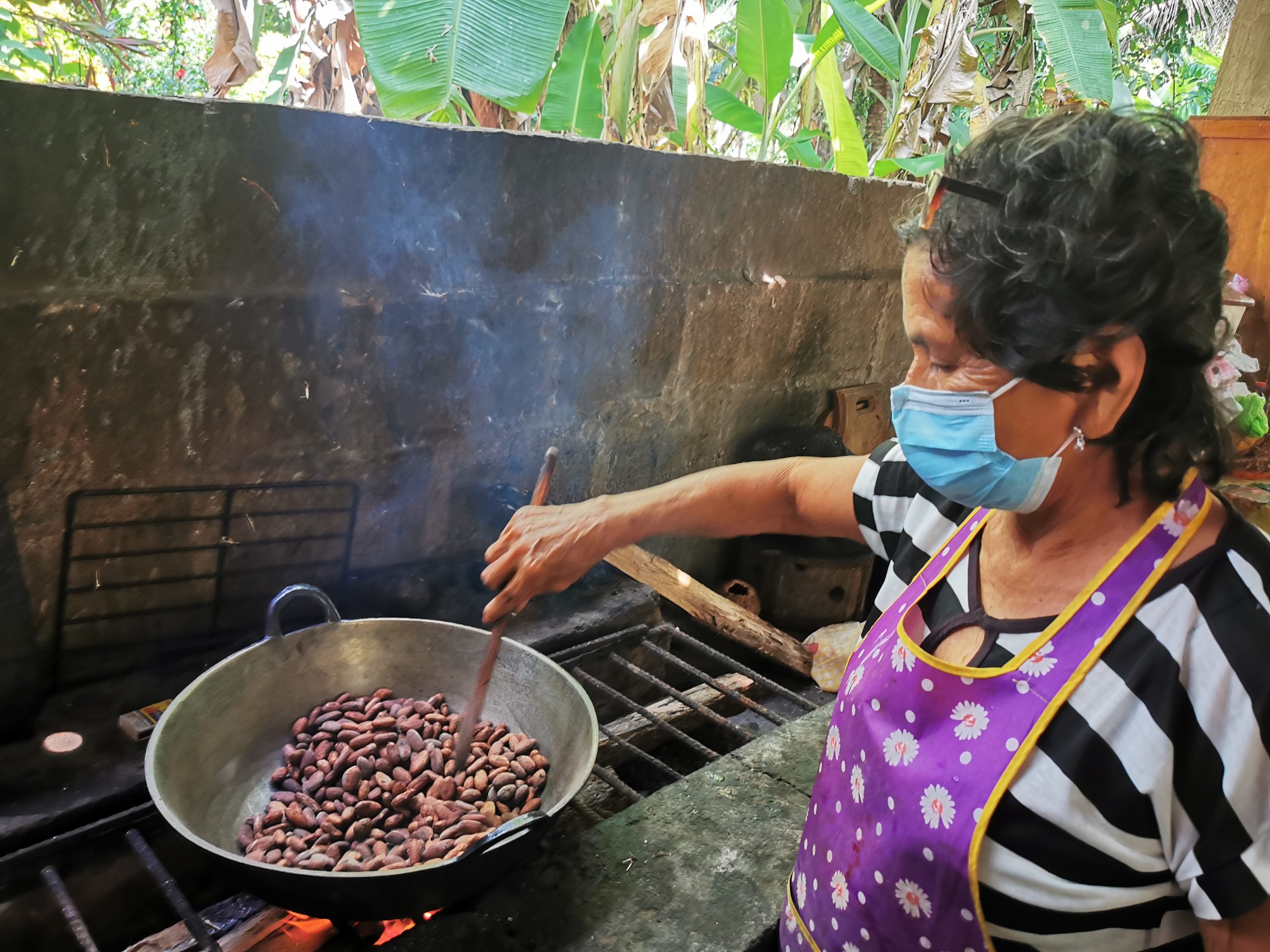
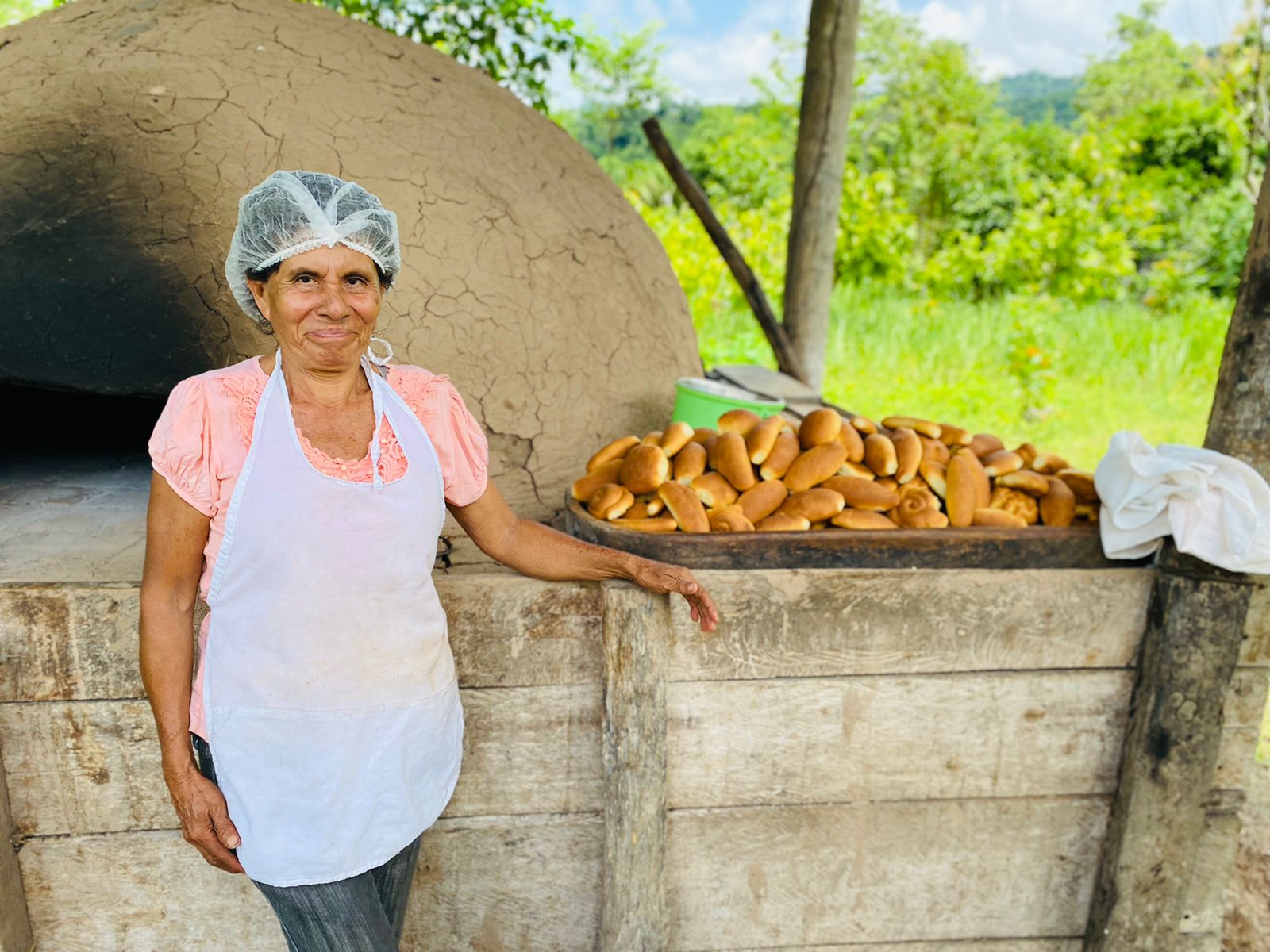
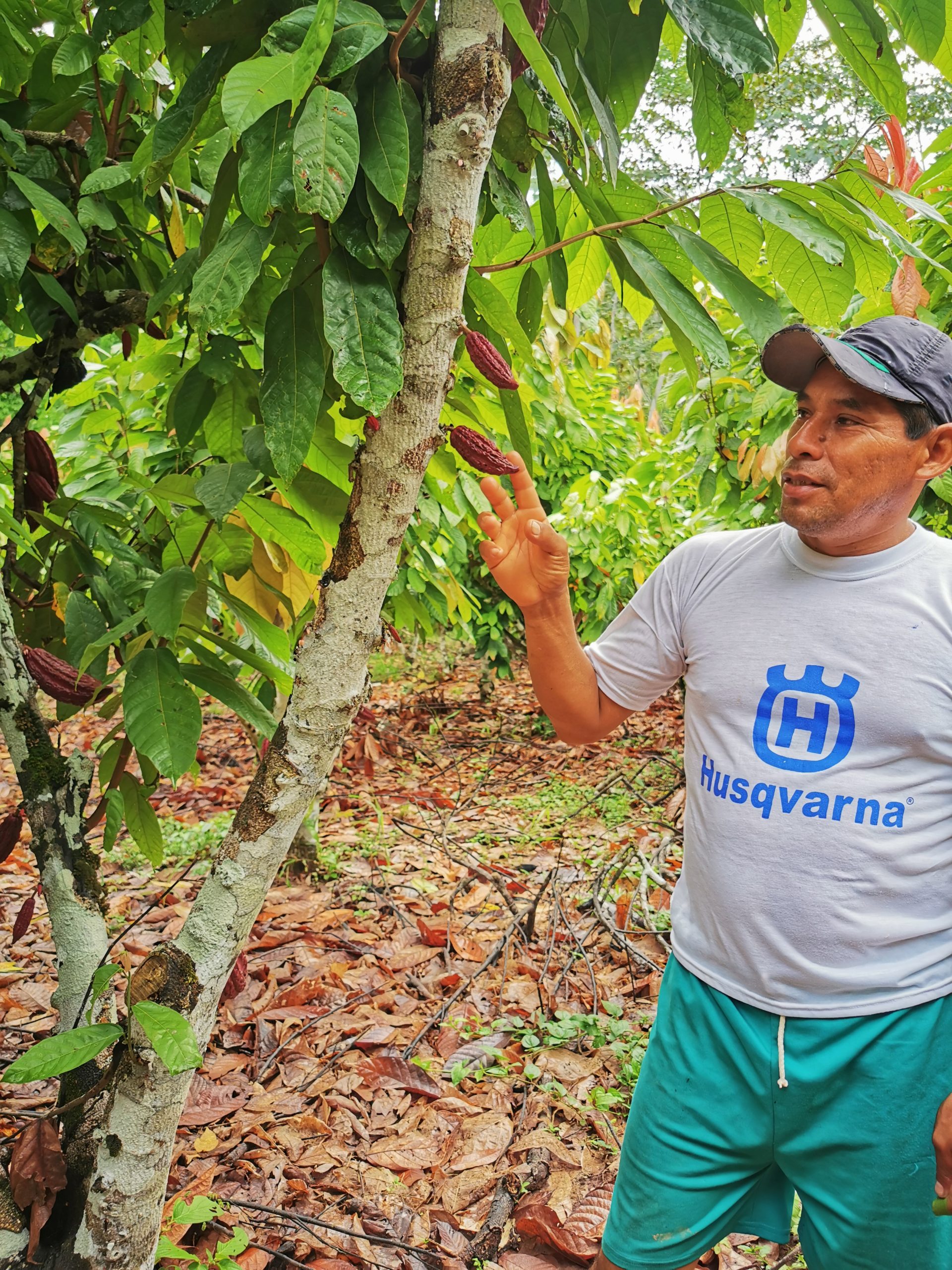
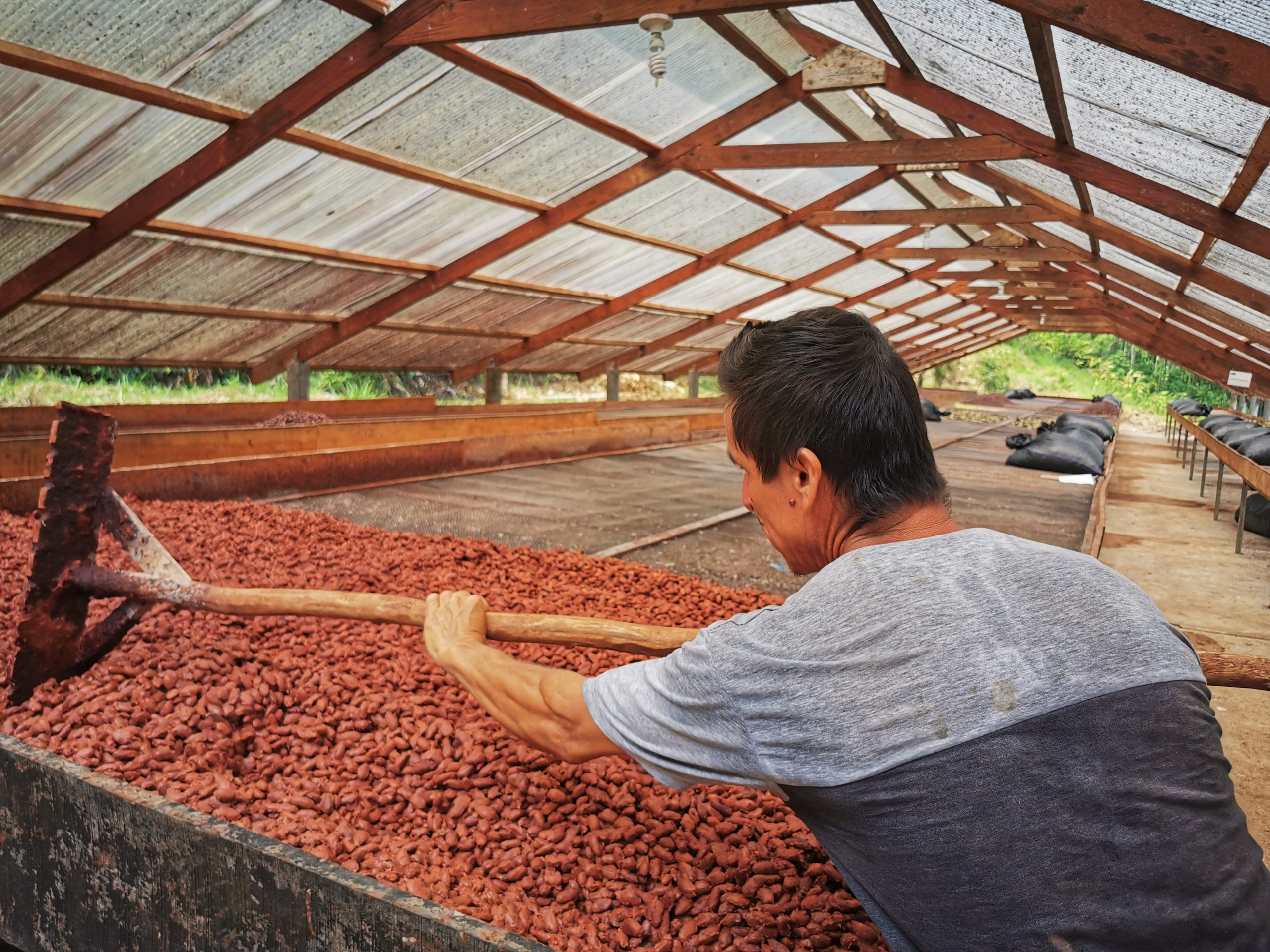
Post a comment